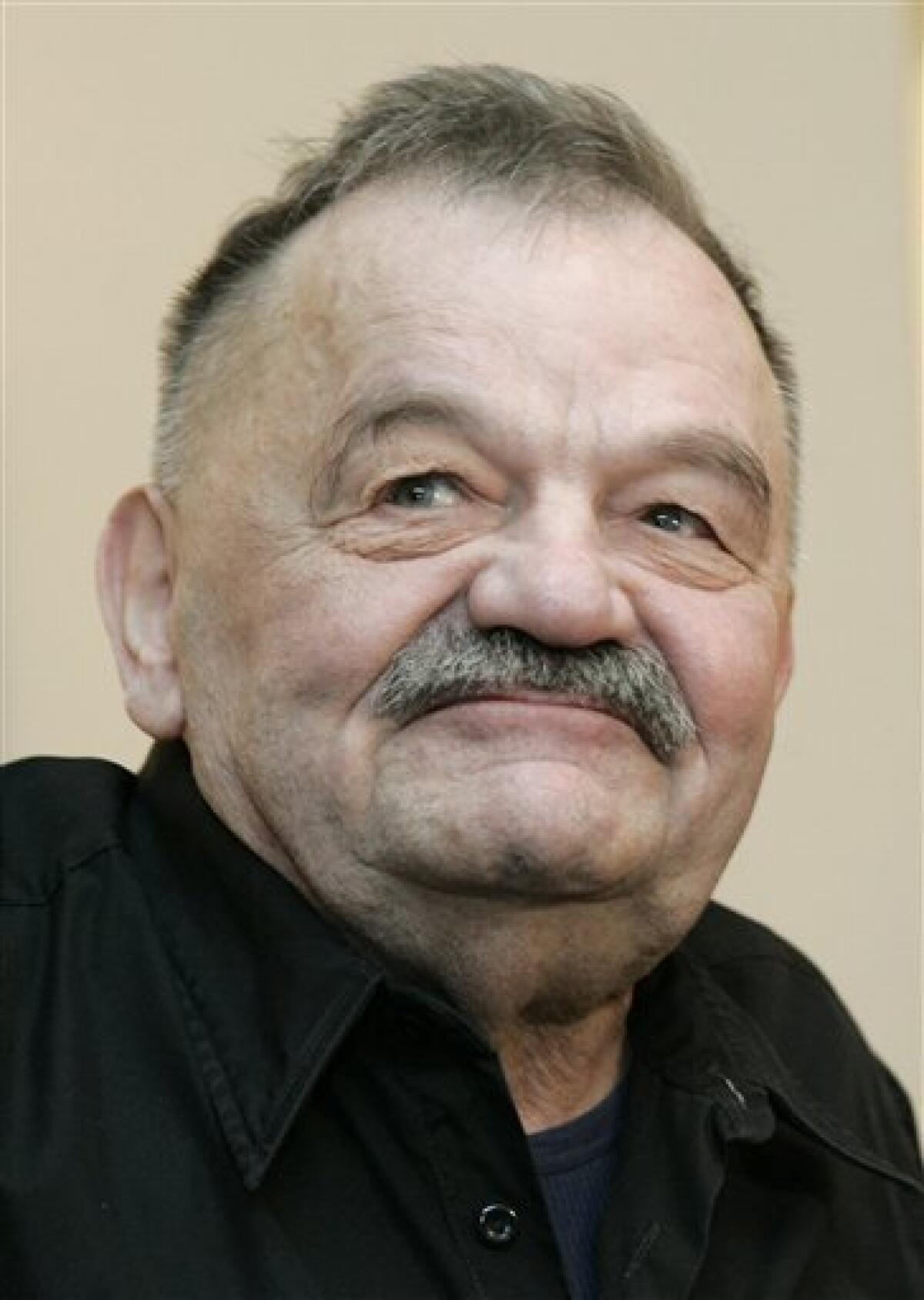Austrian news agency: Artist Hrdlicka dead

Austrian artist Alfred Hrdlicka, whose controversial works in metal, paint and pencil alienated as much as attracted the public died Saturday, Austrian media reported. He was 81.
The Austria Press Agency cited gallery owner Ernst Hilger as announcing Hrdlicka’s death in the daily Die Presse. Telephone calls late Saturday to Hilger’s private number as well to his downtown Vienna gallery, which frequently exhibited Hrdlicka’s works, were not returned.
Hrdlicka’s sculptures, drawings and paintings are known as much for their artistic subtlety as their controversial themes. His religious works, in particular, drew protest from believers who considered them blasphemous.
Among his better-known works are his cast iron sculpture of a prostrate figure covered by barbed wire in downtown Vienna. The starkly disturbing “Memorial Against War and Fascism” has been occasionally defaced since it was unveiled in 1991.
Known to have been deeply influenced by his studies of the mentally ill during the late 1960s, Hrdlicka turned to a figurative expressive style meant to provoke his audience to confront the world’s anguish, pain and misery. For him, art was agitprop and he understood his life as an artist as a mission to educate the public to oppose war and violence.
An atheist who espoused communist beliefs, he married religious themes with topics considered taboo among believers. One of his last exhibitions “Religion, Flesh and Power” was exhibited last year in the museum of Vienna’s St. Stephen’s Cathedral. A central work based on the Last Supper was removed on orders of Vienna’s Cardinal Cristoph Schoenborn after protests that it depicted Jesus and his apostles as homosexuals at an orgy.
Born in Vienna Feb. 27, 1928, Hrdlicka first was apprenticed as a dental technician before starting studies at the Academy of Fine Arts under Josef Dobrowsky and Albert Paris Guetersloh. Later he participated in Fritz Wotruba’s sculpture class until 1957.
Just seven years later, after a series of exhibitions in Austria, he was chosen to represent Austria in the Biennale in Venice. He taught at fine art academies in Stuttgart, Hamburg and Berlin, before returning to the Austrian capital and a professorship at the University for Applied Arts in Vienna.
His oft-cited dictum, “all art comes from flesh” is reflected in his later works. For Hrdlicka, art that avoided the human condition was nothing more than decoration and not to be taken seriously.
Hrdlicka was also sought after as a set designer on opera and theater stages across Europe.